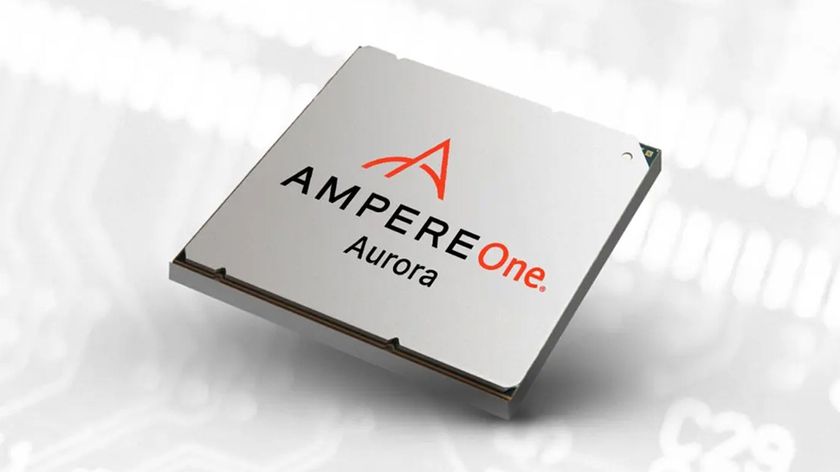Why DisplayPort matters
HDMI has a competitor as the successor to DVI launches
The latter will allow you to plug a single cable into the back of your PC and have video, sound and a USB hub channelled into your monitors. The packet-switch design also makes it much easier to boost capabilities and bandwidth in future revisions. What's more, the robust signalling allows for cables up to 15m in length to be used.
As for backwards compatibility with existing digital displays, VESA is developing bi-directional dongles / converters to support HDMI, VGA and DVI ports. That means you can buy a DisplayPort PC or video card and connect it to your existing monitor, or the other way round.
DisplayPort also optionally supports HDCP content protection, allowing compatibility with HD DVD and Blu-ray discs as well as various premium content cable, satellite and IPTV services.
3. No royalties here
In hardware terms, the PC has always been about keeping standards as open and prices as low as possible. So, assuming you accept the need for a new display format for PCs, any solution should be free to use from a licensing perspective. And so it is with DisplayPort. Unlike HDMI, it's royalty free, helping to shave crucial dollars off production costs.
A more flexible interface
There's little doubt that the end is nigh for DVI. It's old, clunky and running out of bandwidth. The only remaining question is whether HDMI makes DisplayPort look like an unnecessary complication.
For consumer electronics devices, this is certainly true - HDMI is here to stay. But the PC deserves a more flexible, scalable and configurable interface. That's precisely what DisplayPort delivers.
DisplayPort is backed by many of the PC industry's biggest players, including Dell, Samsung, HP, Lenovo, AMD, Nvidia and more. Both Dell and Samsung already offer DisplayPort equipped monitors. Expect it to become a standard feature on many PCs and peripherals over the next 12 months.
Are you a pro? Subscribe to our newsletter
Sign up to the TechRadar Pro newsletter to get all the top news, opinion, features and guidance your business needs to succeed!
Technology and cars. Increasingly the twain shall meet. Which is handy, because Jeremy (Twitter) is addicted to both. Long-time tech journalist, former editor of iCar magazine and incumbent car guru for T3 magazine, Jeremy reckons in-car technology is about to go thermonuclear. No, not exploding cars. That would be silly. And dangerous. But rather an explosive period of unprecedented innovation. Enjoy the ride.











